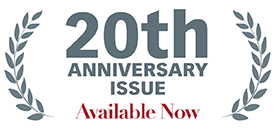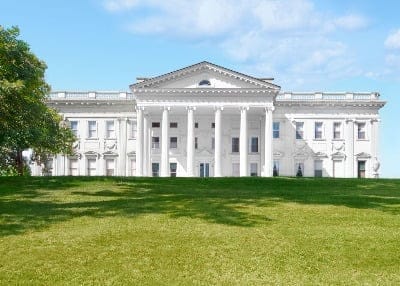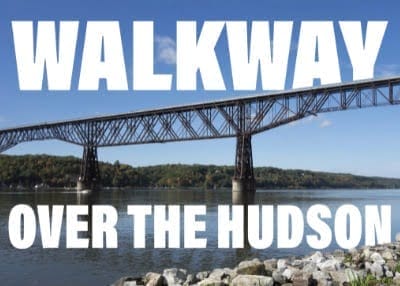Editor’s Note: New York by Rail updated this past blog experience to include current information. Halfway between Albany and New York City lies the historic town of Hyde Park, New York. Best known as the hometown of President Franklin Roosevelt, and his equally famous wife, Eleanor, the town is actually bursting with interesting historic sites of national importance. When I visited, I learned about the fascinating history of the Gilded Age at the Vanderbilt Mansion, as well as much more about our 32nd President and his family’s impact on the region. This pretty community, situated on the Eastern shore of the Hudson River, is just a stone’s throw from the Poughkeepsie Amtrak Station. I started my day exploring the grounds at Vanderbilt Mansion National Historic Site, which is operated by the National Park Service. With the grass still dew-covered in the early morning, I ate my breakfast atop a hill with a beautiful view and could see the Hudson River in the distance. Having grown up in the area, I reflected on the many times I have seen artists, inspired by the mansion and the grounds, capture their beauty on canvas. As I geared up for the day, I heard church bells from the nearby St. James Episcopal Church, where FDR served as a junior vestryman and senior warden. I headed next to the beautiful gardens, where my grandmother used to volunteer, and said hello to others on morning strolls, many accompanied by their dogs. After taking in the fragrance of the flowers and enjoying the reflecting pool in the gardens, I make my way to the visitor center to check in for a tour of the mansion. I download the audio tracks for the tour onto my phone and have my earbuds at the ready to hear all about the history of the home and the people who lived there. The mansion, called Hyde Park, was home to Frederick and Louise Vanderbilt; they mainly used it in the spring and fall. The Vanderbilts are one of 40 to 50 families that built seasonal homes along the river in the Gilded Age. According to the National Park Service, “the Gilded Age—the period following the Civil War to the turn of the century—was a time of unparalleled growth in industry, technology, and immigration. Captains of industry, men like Cornelius Vanderbilt, Andrew Carnegie, J.P. Morgan, John D. Rockefeller, and others amassed unimaginable wealth, while the average annual income in the US was around $380, well below the poverty line.” Frederick Vanderbilt was the grandson of Cornelius Vanderbilt, known for starting the family empire in railroads and shipping. As I listened to the audio tour, I learned that families considered “new money” tended to be more extravagant or over the top with their homes and decor in the Gilded Age. This is revealed at the Vanderbilt Mansion in the beautiful architecture and interior design, with ornate ceiling and wall designs, decor from across the globe, and even a room imitating a French Salon. One interesting part of the tour was learning about the painted panel on the Reception Room ceiling. At some point the Vanderbilts had it painted over in white but it was discovered and restored in the 1960s. In addition to the audio tour, visitors can speak to the kind and knowledgeable National Park Service rangers inside and outside the mansion and ask questions. In addition to the beautiful locations and the mansion that I have mentioned so far, on visits to Vanderbilt I enjoy walking on trails through the property. I also love to walk down to Bard Rock, a scenic spot on the river. This area is perfect for a picnic with a view. There is so much to learn about and enjoy at Vanderbilt Mansion! As I drove through Hyde Park heading to my next stop, I also passed the Historic Hyde Park mural, which features many of the locations on my trip. After a short five-minute drive, I arrived at the Henry A. Wallace Visitor and Educational Center and checked in for a tour of Springwood, where FDR lived as a boy and as president. FDR is best known as the commander-in-chief who led the country through two of its hardest challenges: the Great Depression and World War II. I took a short walk with the other visitors to the home, and along the way, a passionate park ranger gave us some fun facts about the property. I learned that the property still has a working farm and garden just as in FDR’s day, and the second cut of hay was recently taken from the field we passed. Before entering the home, the park ranger described its history and how it changed over time to suit the needs of the family and an aspiring politician. The location is a testament to FDR’s perseverance and resilience. For example, after contracting polio in 1921, FDR never regained the use of his legs, although he was able to move strategically through the house and operated the wheelchair lift in his home himself to move from floor to floor. As I walk through the home on a self-guided tour, I read more about FDR and his family’s personal life and exited through the back of the house. That’s where I saw the Hudson River which FDR enjoyed throughout his life. As much as he loved his physical home, he loved spending time outdoors on the property even more and was very active, even after contracting polio. I took a short walk back from Springwood to the Franklin D. Roosevelt Presidential Library and Museum, the nation’s first presidential library and the only one used by a president while in office. The first room describes the state of the nation before FDR became president. Hoovervilles, named for President Herbert Hoover, bread lines and unemployment plagued the country during the Great Depression. As I make my way through the museum, I learn how FDR combatted these and other issues with New Deal Programs. As I got further into the museum, the focus shifted to World War II and the response from FDR and the nation. In addition to learning about FDR’s political career, I learn about his early life and that of his wife, Eleanor Roosevelt, as well as their courtship and marriage. One thing I particularly enjoyed about the museum is that it dedicates space to Eleanor and her efforts and impact, especially on race relations and the role of the first lady. Some other highlights include FDR’s Oval Office Desk and his 1936 Ford Phaeton which was modified to be operated by hand. The information at the museum is delivered in a variety of ways, through charts, images, text, historical objects and more. There are also interactive exhibits and QR codes to scan for more information throughout the museum. As a student of history, I could talk or write all day about what I learned at these locations, but that would spoil the fun of learning and discovery for visitors! Trust me when I say you could spend a full day enjoying just Springwood, the museum and the property alone. After a packed morning, I was famished and ready for a satisfying lunch. I headed to the Apple Pie Bakery at the world-renowned Culinary Institute of America—whose graduates include the late Anthony Bourdain—for a turkey club and vanilla lemonade. The CIA is one of the nation’s top culinary schools. I enjoyed the sunny weather while eating my meal picnic-style on the grass of Anton Plaza, and I took in the beautiful architecture as students and visitors walked through the campus. Other restaurants such as the American Bounty Restaurant and Bocuse Restaurant are also on campus. One thing that makes the restaurants at the CIA unique is that they are run by students and supported by staff. The next stop on my trip is Val-Kill, also known as the Eleanor Roosevelt National Historic Site. I walk across a bridge over the Fall-Kill Creek and walk the grounds, admiring Stone Cottage and Val-Kill Cottage. During my visit, I learned that this property served many purposes for Eleanor Roosevelt. At times it was an escape from everyday life and a place for recreation. At other times, it was a place to entertain dignitaries and other guests. The location was also home to Val-Kill Industries, created to place an emphasis on handcrafts with the aim to employ those facing hard times. This was a testing ground for New Deal policies. Most importantly, the property was a place for Eleanor to come into her own and have independence. Val-Kill Cottage was her main residence from 1945 on. This National Historic Site is one of a kind; it is the only one dedicated to a first lady. I noticed people emerging from the woods and decided to set out on the trail they just took. I discovered that the trail leads to Top Cottage, a retreat designed by FDR and built with native fieldstone. Top Cottage Trail is one of many trails in Hyde Park connecting historic sites. On a sign directing me which way to go, I discover there is a QR code and phone number to call to learn about the trail as I walk along. This feature is available on many of the trails in Hyde Park. As I trekked up to the cottage 450 feet above the Hudson River on a winding, one-mile path, I was informed that FDR was passionate about conservation, just like his cousin Theodore Roosevelt. FDR had nearly half a million trees planted on the property. In fact, the bumpy trail I walk was used by FDR to bring guests up to the cottage in his Ford, including the Queen of England. I laughed when I discovered that the president served a hot dog picnic at the cottage to esteemed guests. After reaching the cottage and relaxing on the porch, I headed down the trail, walked back across the bridge over the Fall-Kill and headed into town to eat. After a day packed full of fun, I stopped for dinner at the Hyde Park Brewing Company. I had a great meal, but unfortunately the renowned brewery and restaurant closed its doors in 2022 after 25 years of service. If you can’t get into the Culinary Institute’s restaurants, there are still some good options, including Coppola’s, an Italian favorite, and the Eveready Diner. The Eveready Diner shares a parking lot with Roller Magic, Hyde Park’s skating rink. This is a great place for some family fun with a retro atmosphere and friendly faces. Unfortunately, another beloved institution, the Hyde Park Drive-In, closed in early 2023 after 72 years in business! Cloverbrook Farm, home to llamas and alpacas, offers visits and rides with these special animals. The Dinsmore Golf Course offers 5,719 yards of scenic golf over two 9-hole courses (par 70); it is the second oldest golf course in the United States. From historic homes and museums, scenic views and invigorating trails to mouth-watering foods and great entertainment, Hyde Park has a lot to offer. Be sure to make this historic small town your next destination! Experience the historic charm of Hyde Park, NY via Amtrak to the Poughkeepsie Station (POU) in the Hudson Valley. Don’t forget to use the See New York and Save 15% discount! Pick up your reserved #NYTRAIN Enterprise Rent-a-Car at the Poughkeepsie Station. Click here to reserve your car or call the Poughkeepsie office today at 845-485-2222. Dutchess County Transit provides public transportation service from the Poughkeepsie Train Station to Henry A. Wallace Visitor Center at FDR Presidential Library and Home Monday through Saturday. The service takes approximately 35 minutes. Click here for the Dutchess County Transit schedule and choose “Route J, Poughkeepsie Northside”. 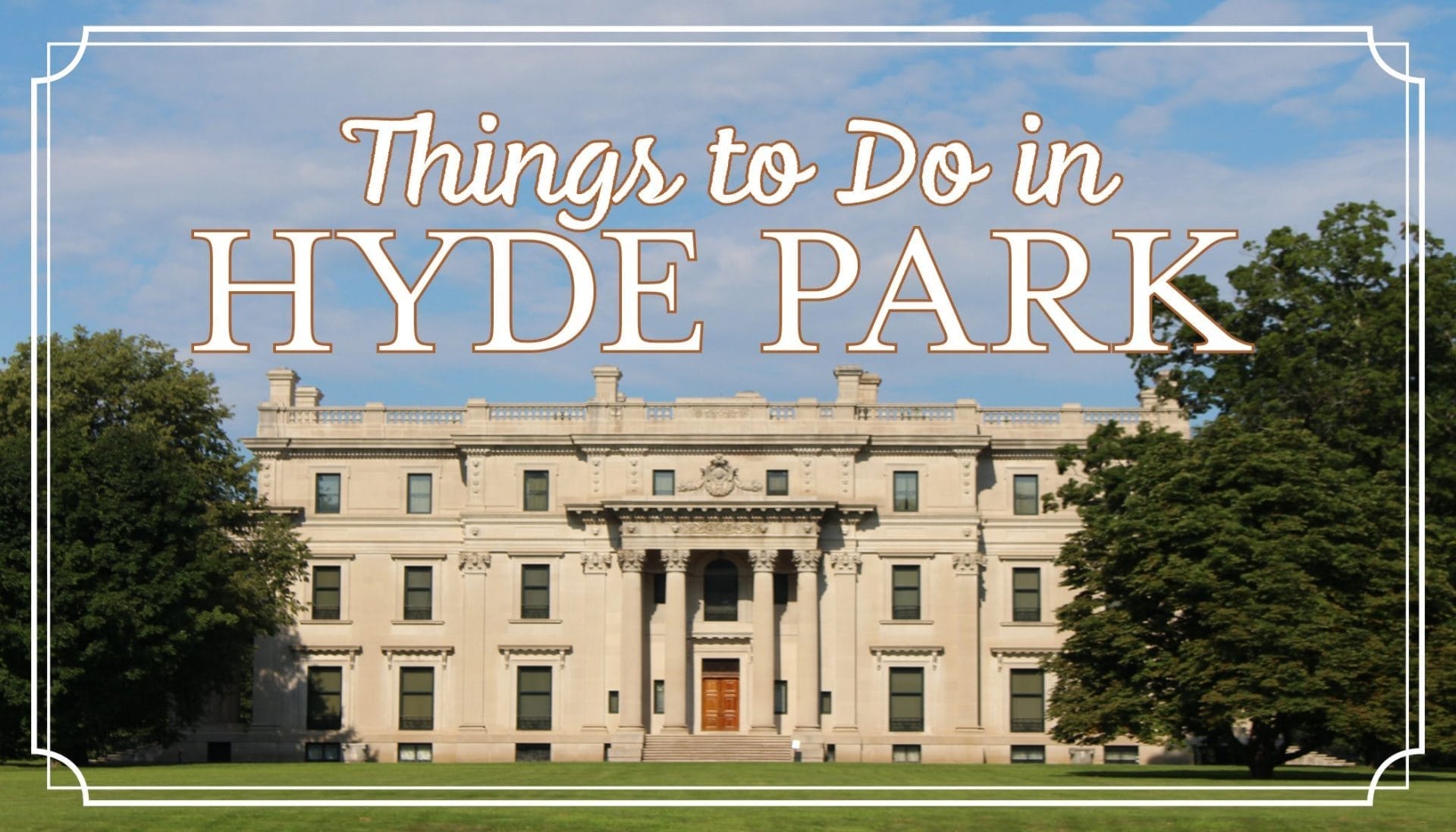
Vanderbilt Mansion
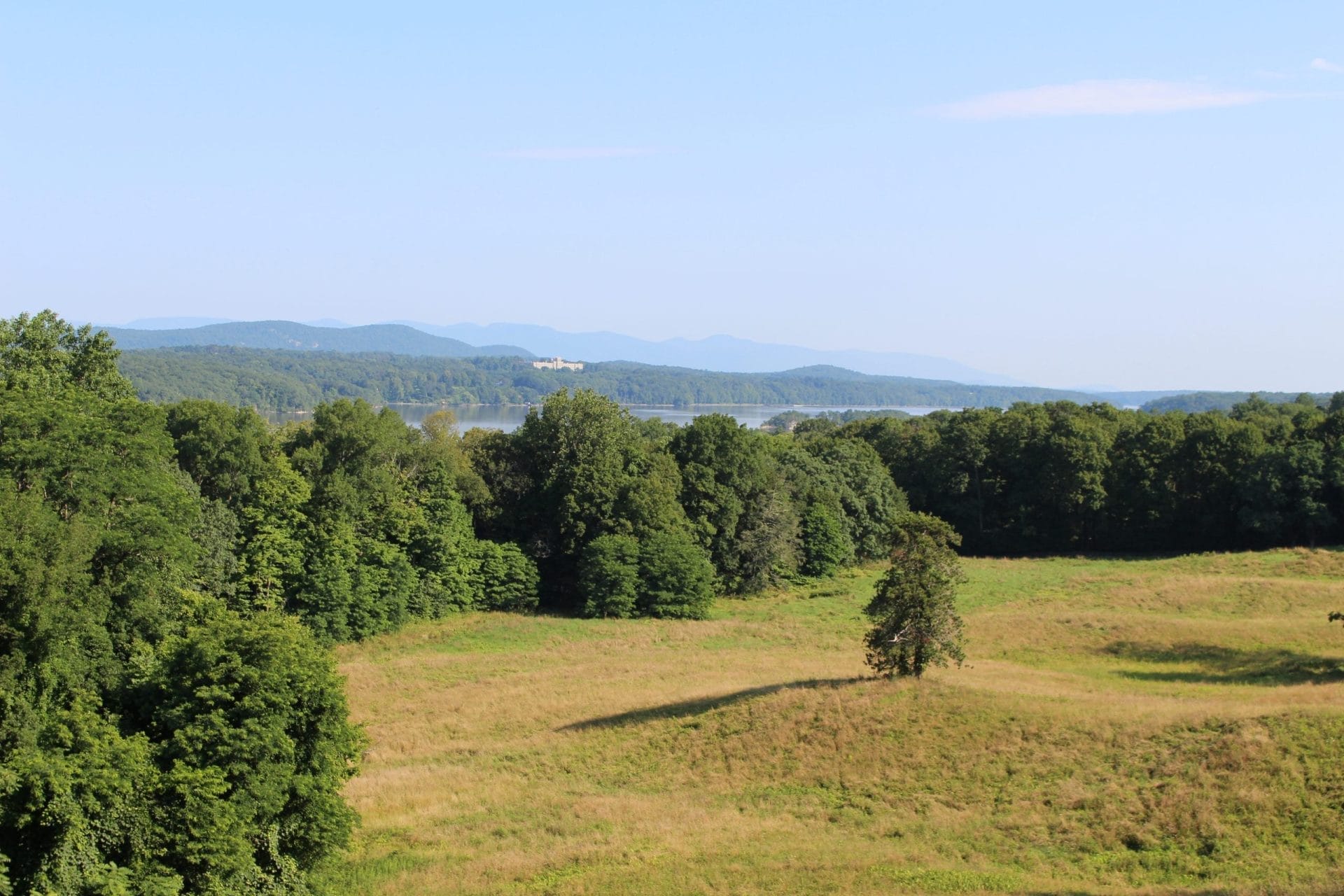
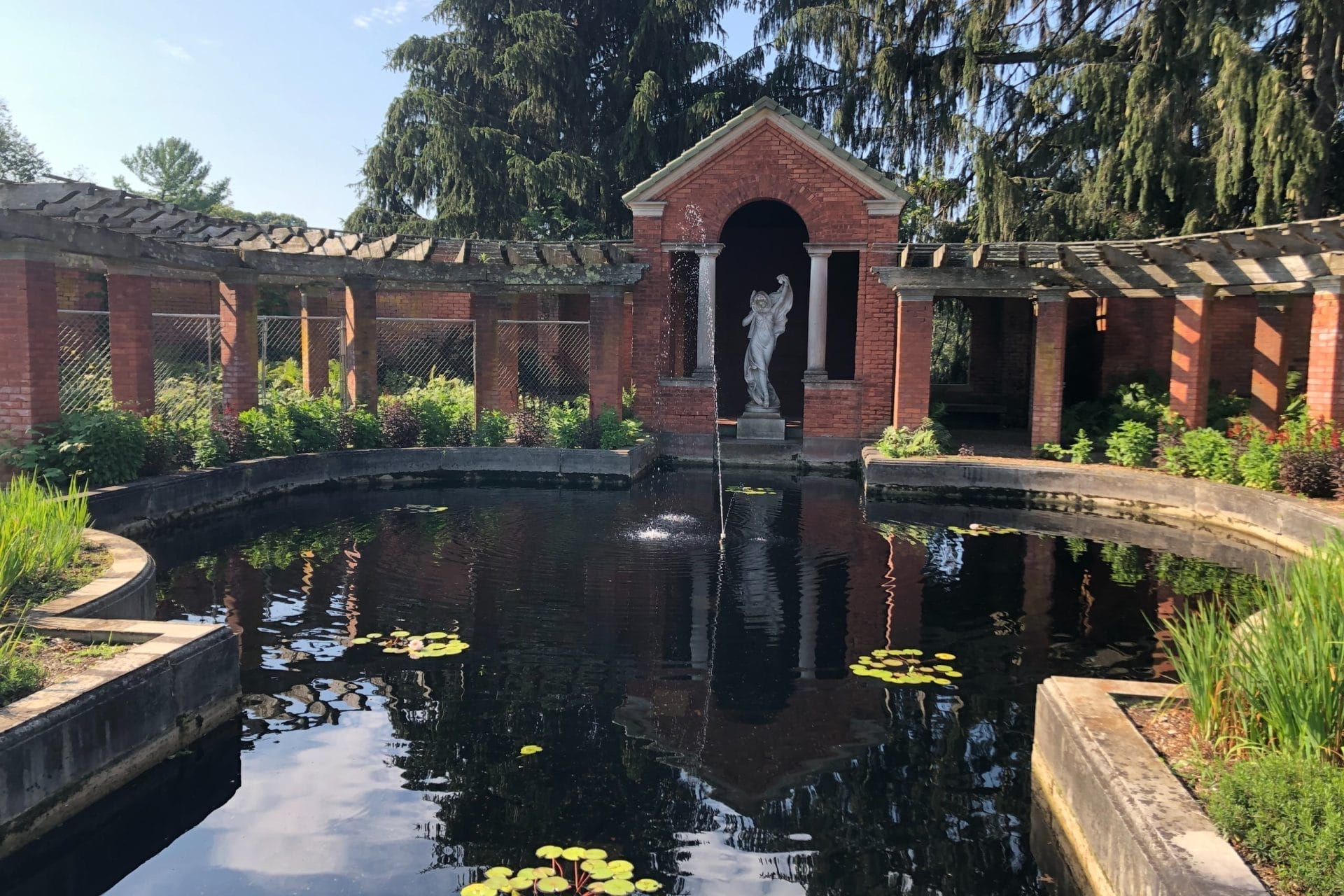
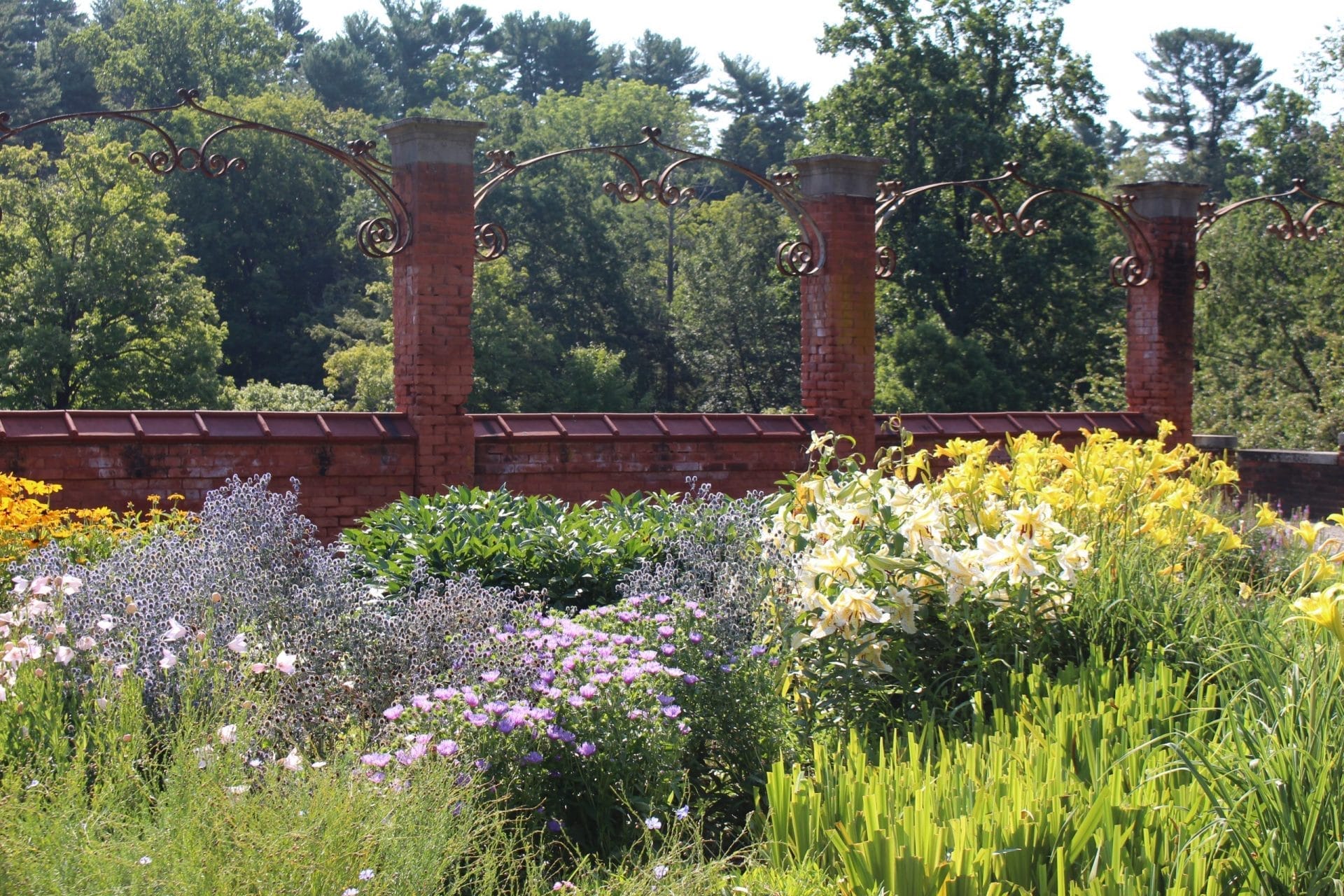
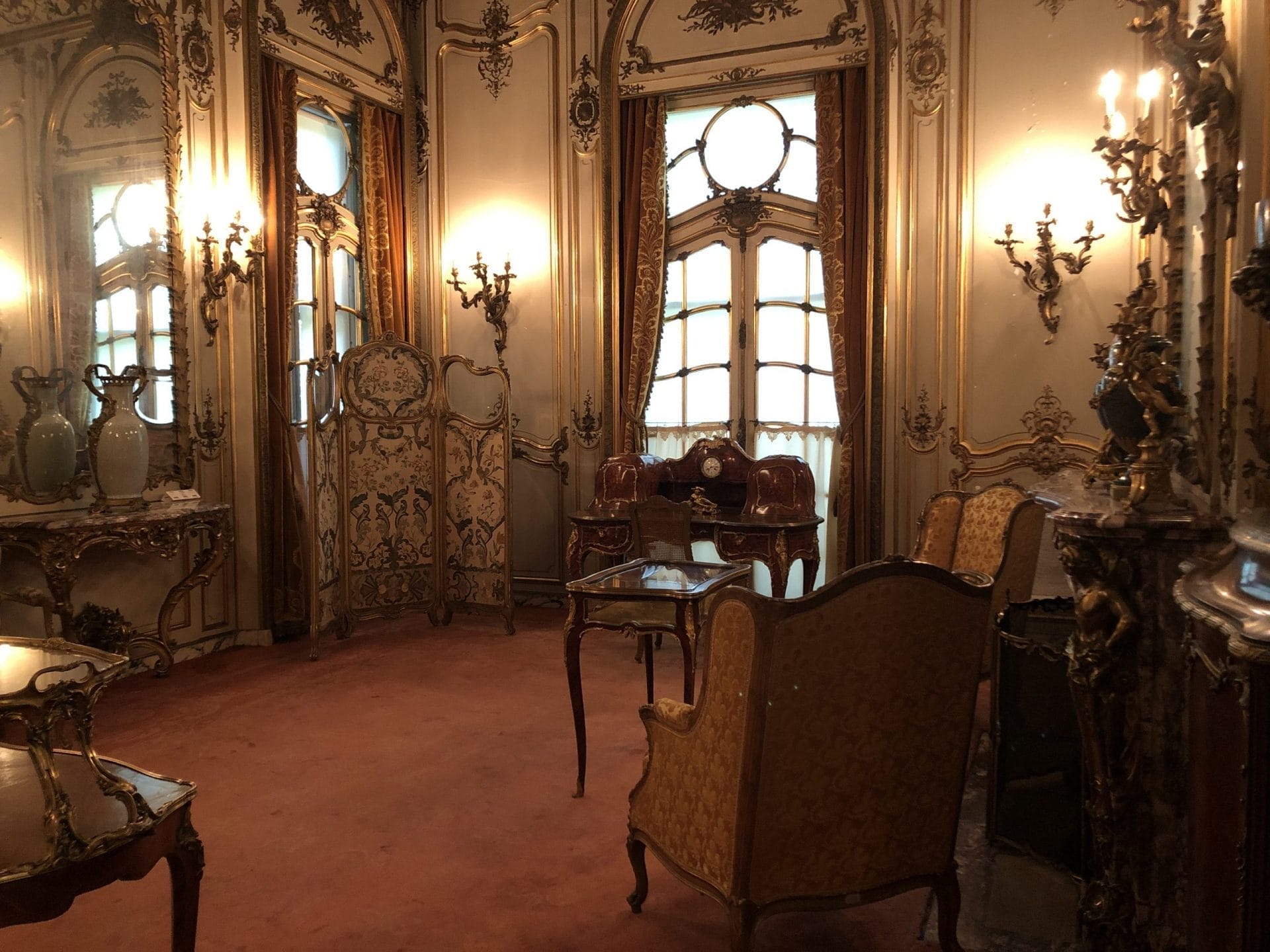
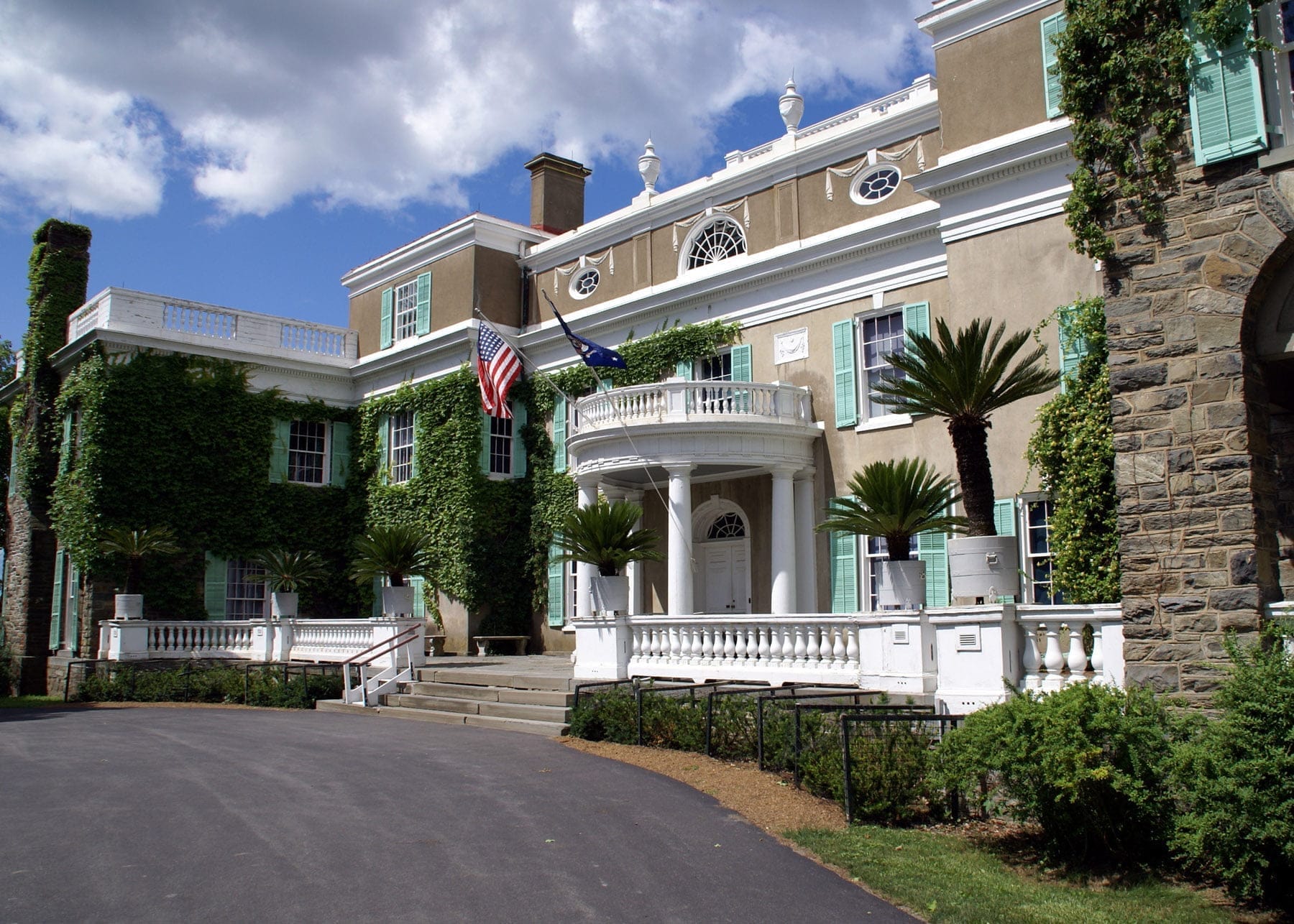
Springwood: Home of Franklin D. Roosevelt
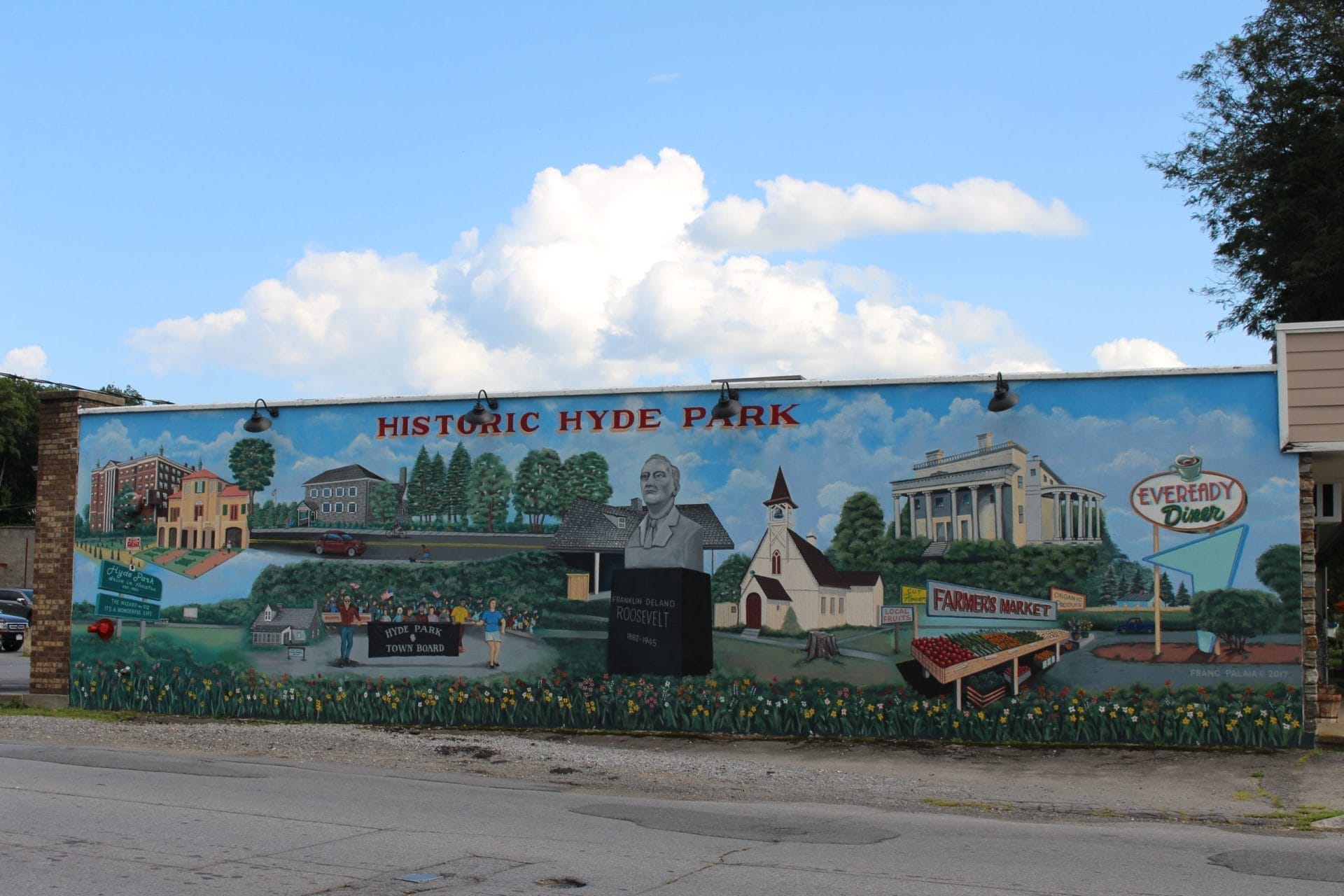
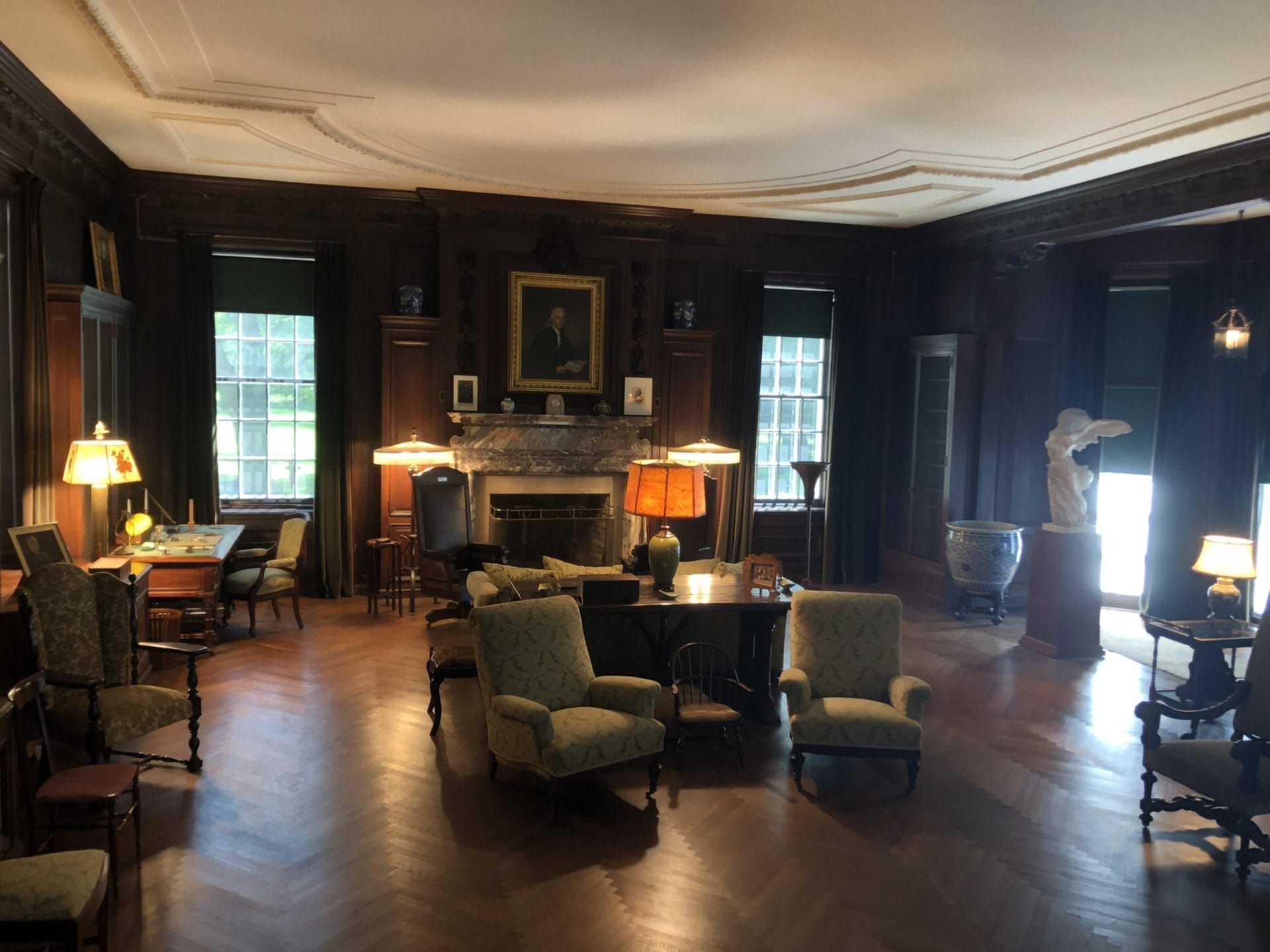
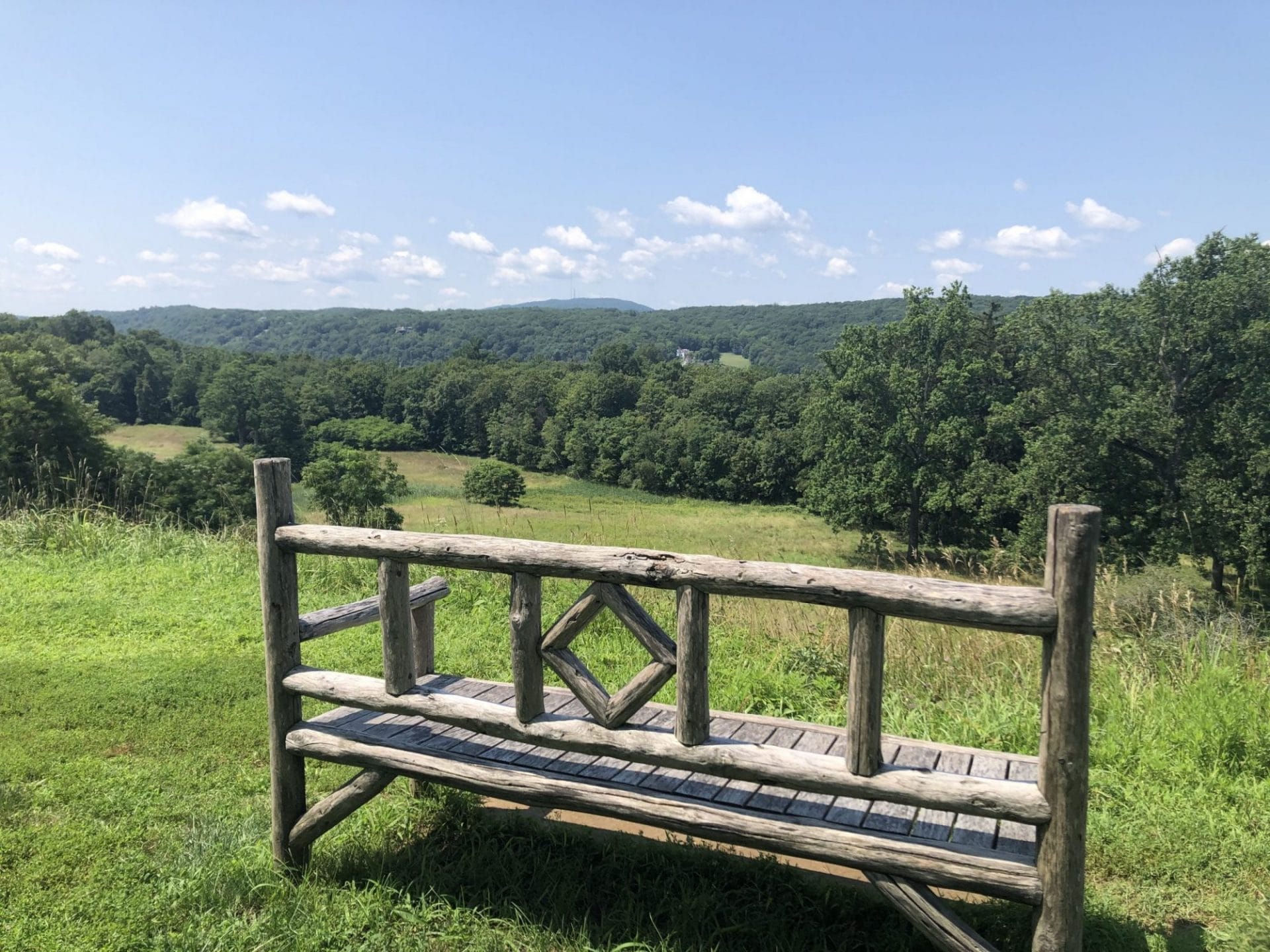
Franklin D. Roosevelt Presidential Library and Museum
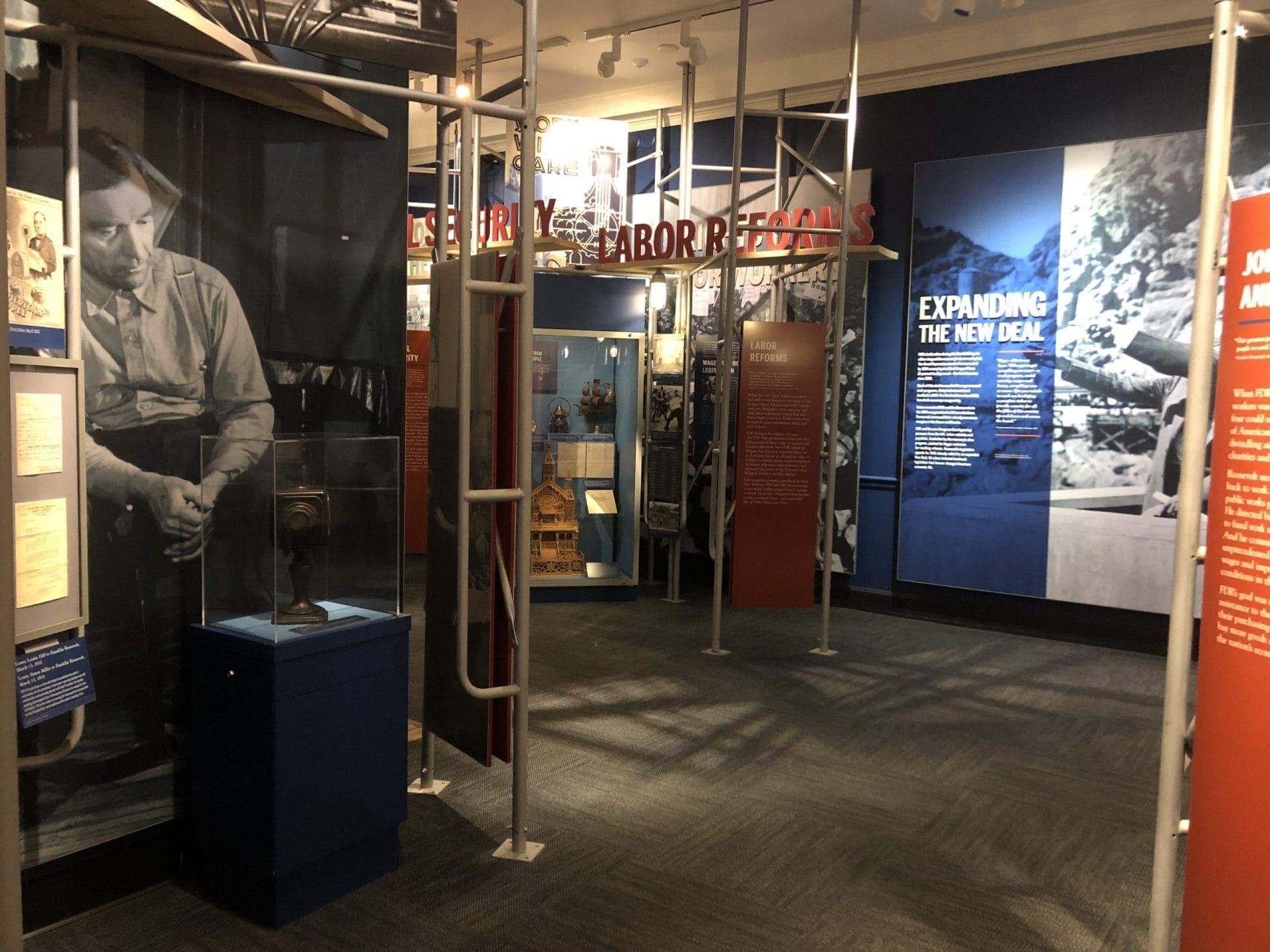
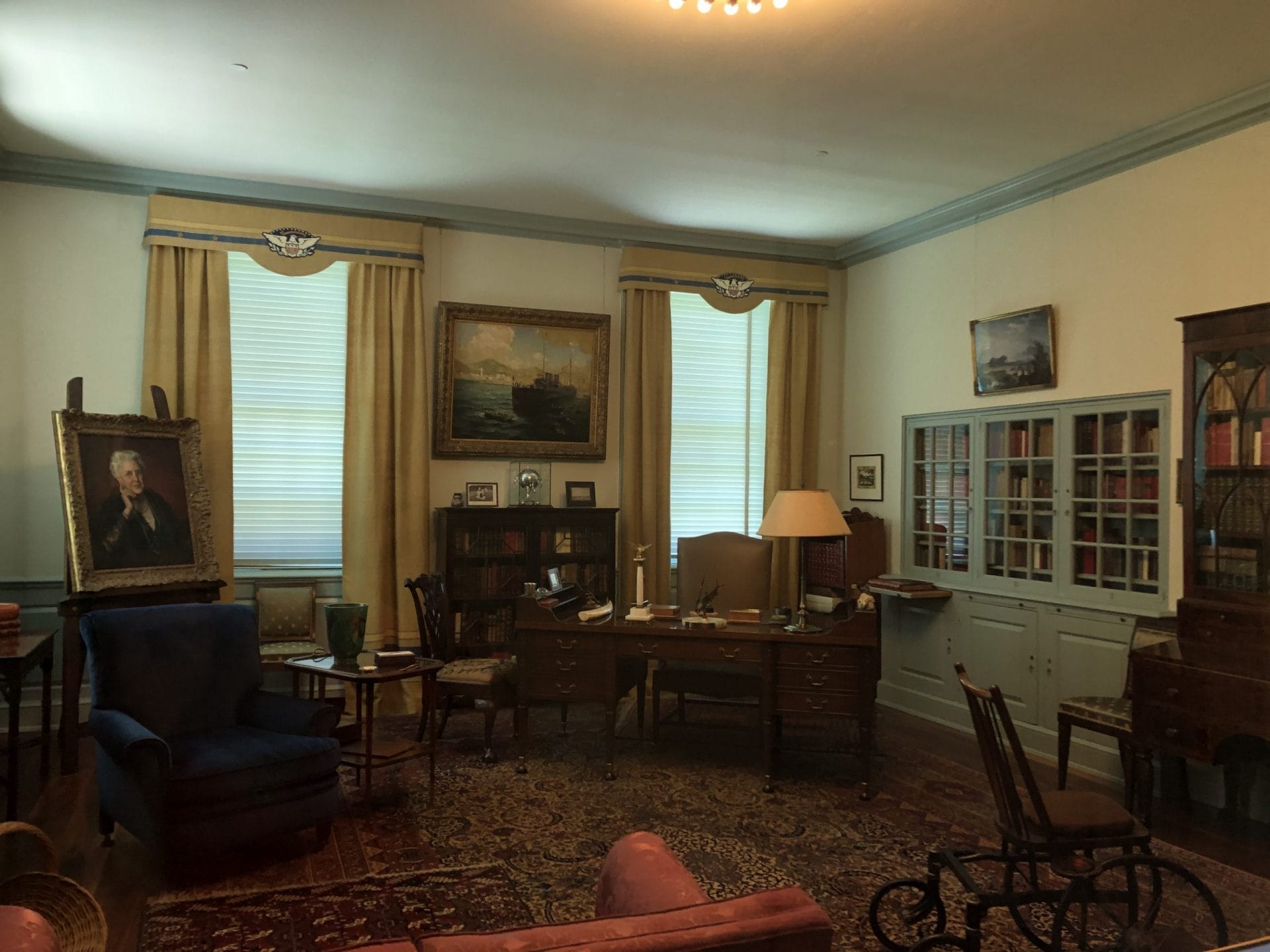
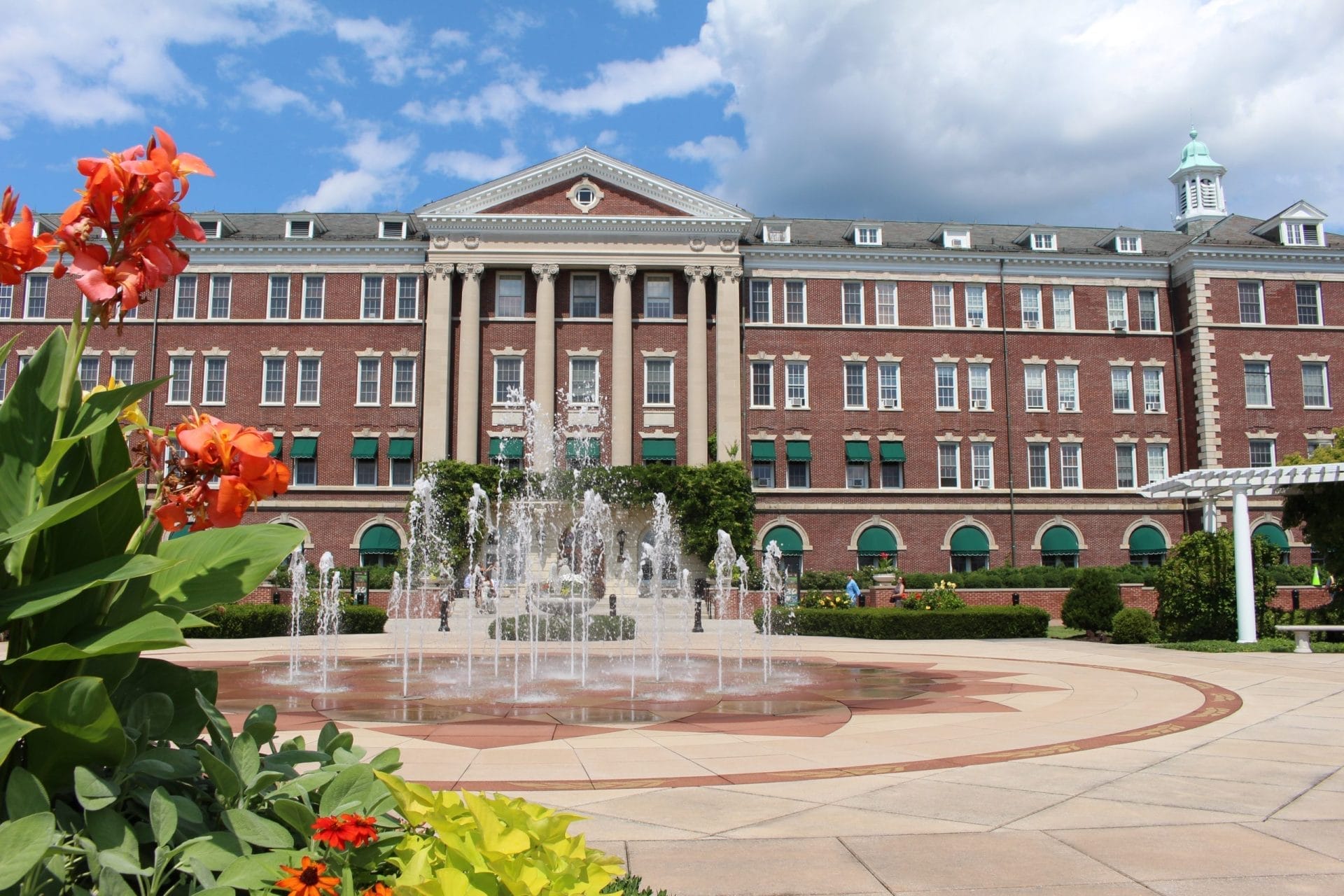
Culinary Institute of America
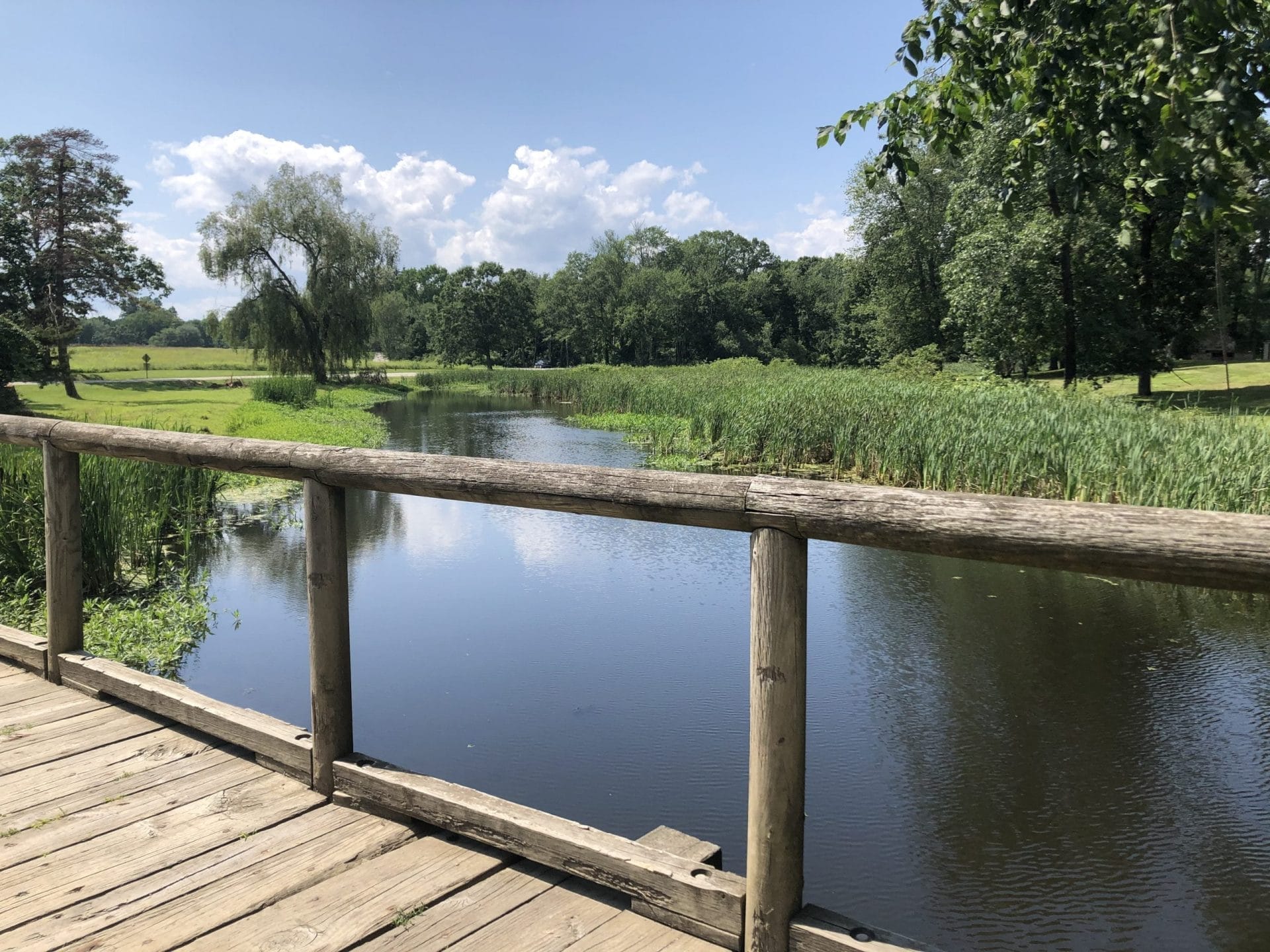
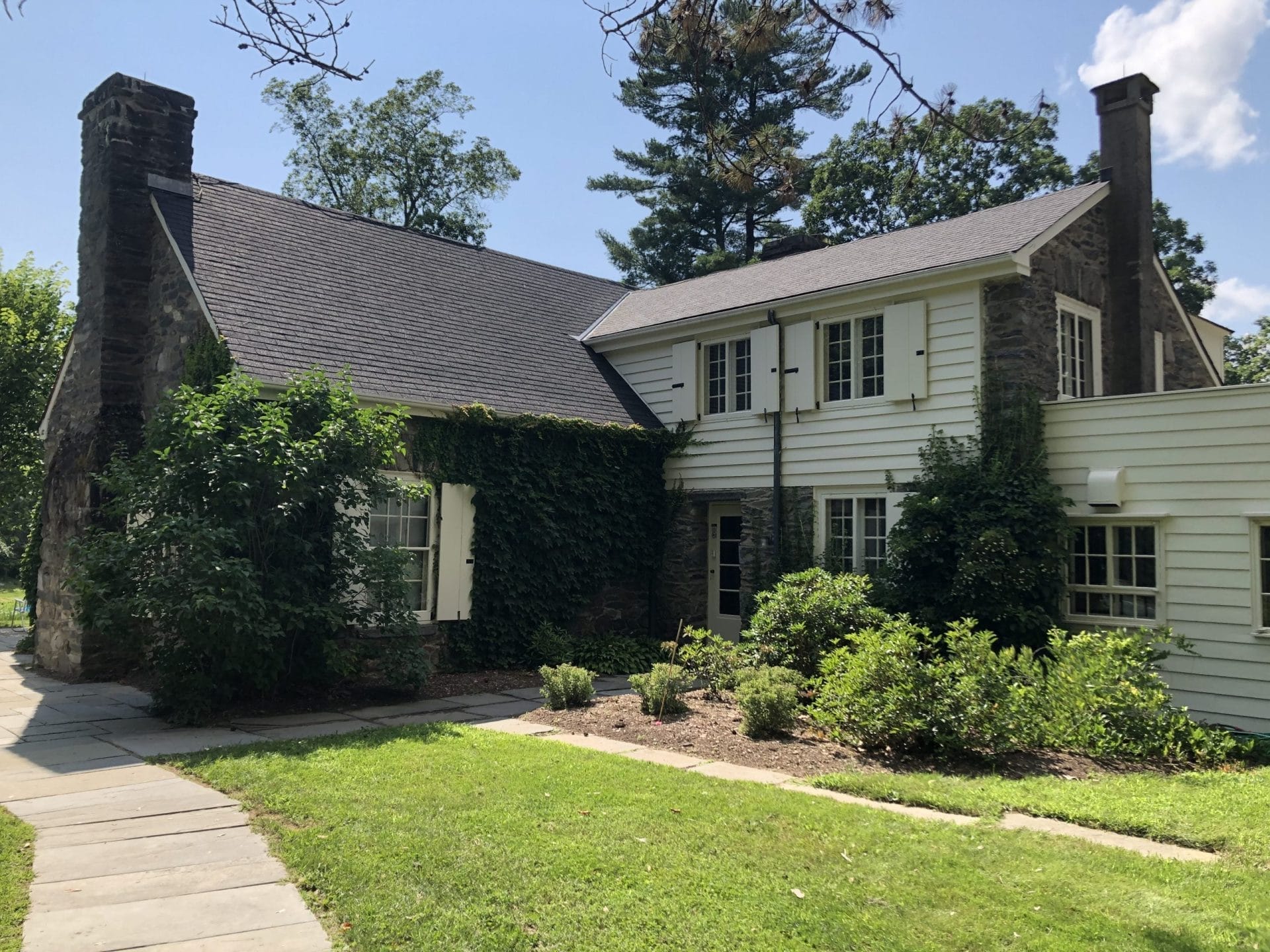
Val-Kill and Top Cottage Trail
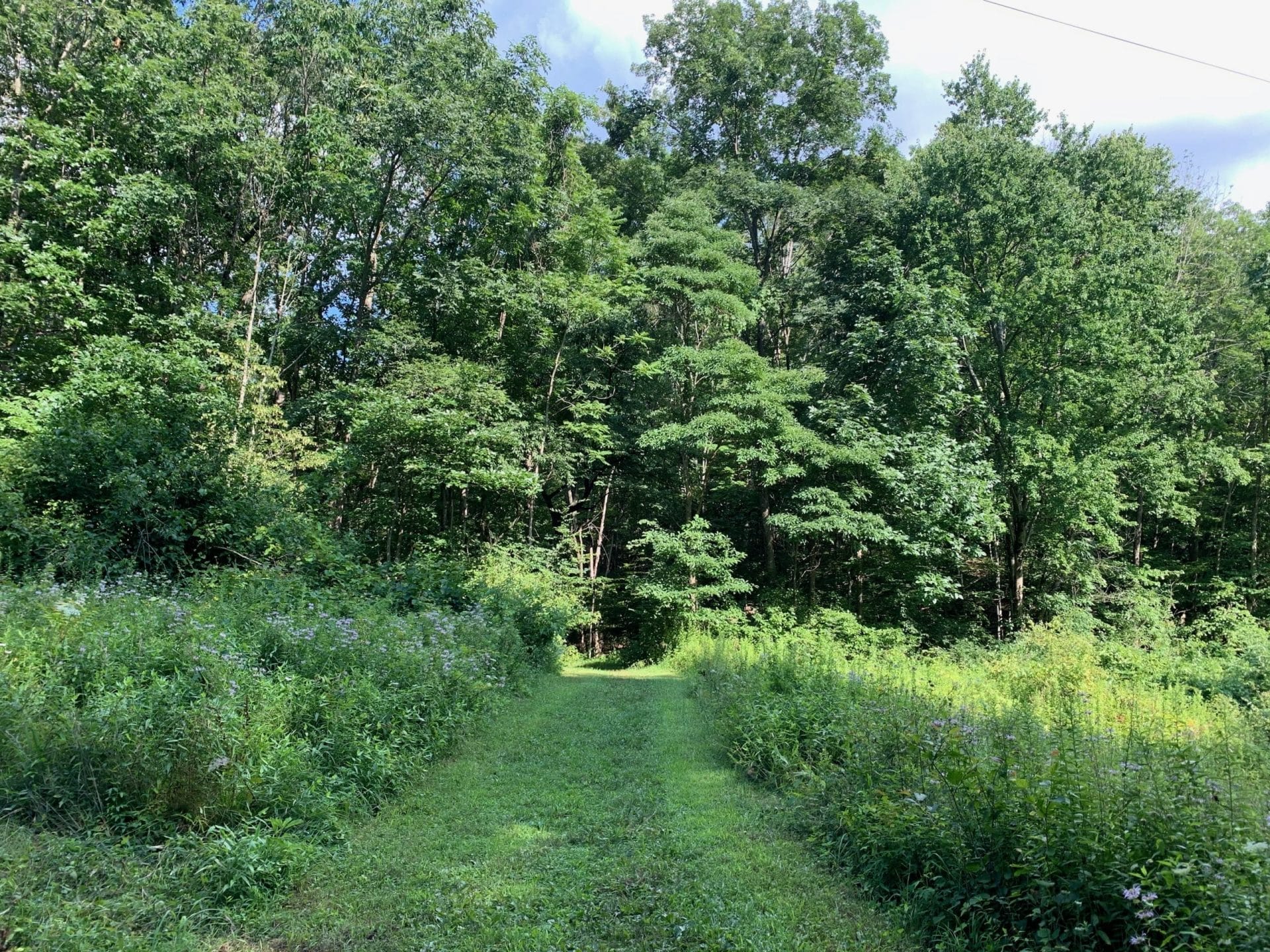
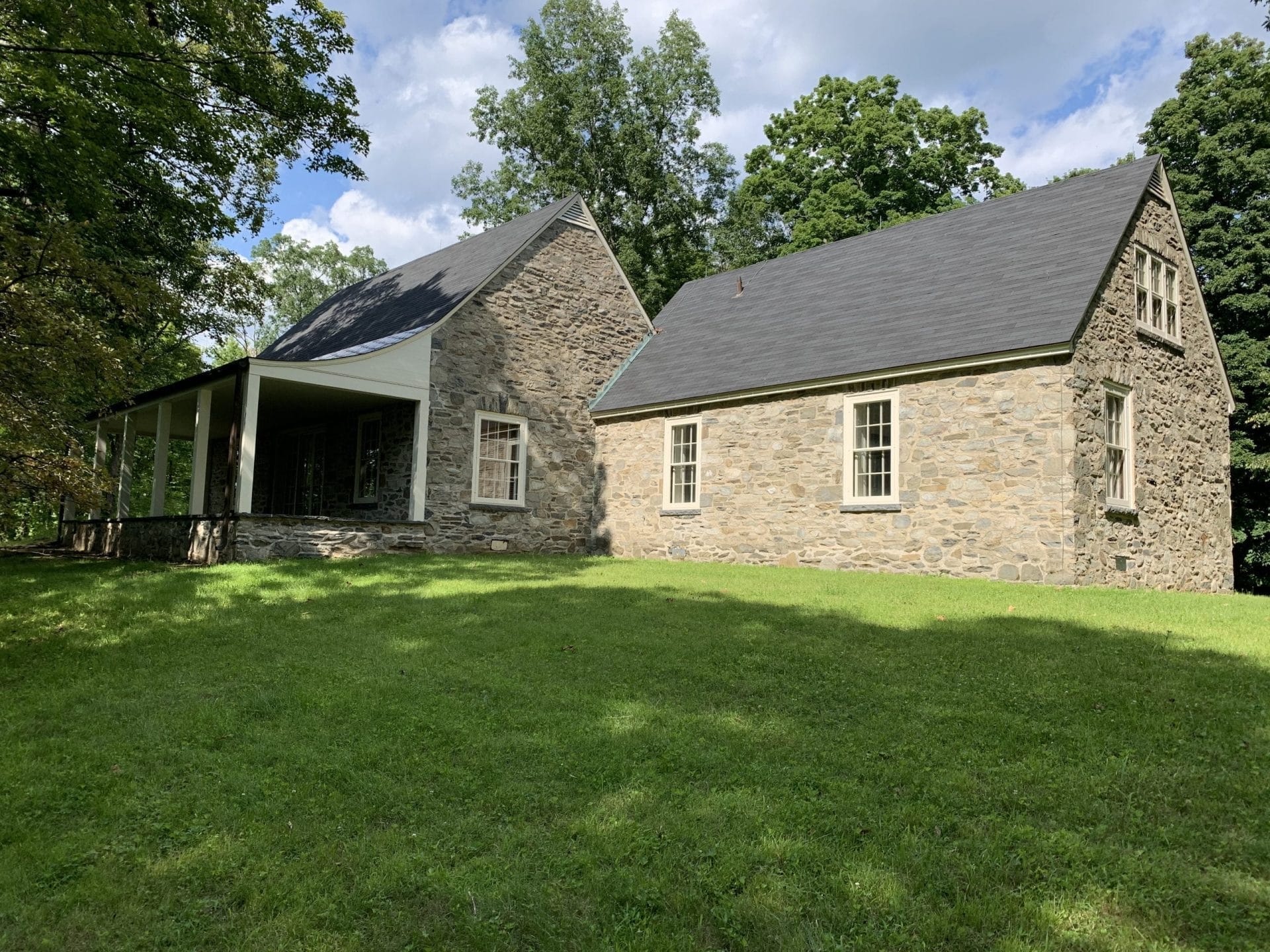
Eating in Hyde Park
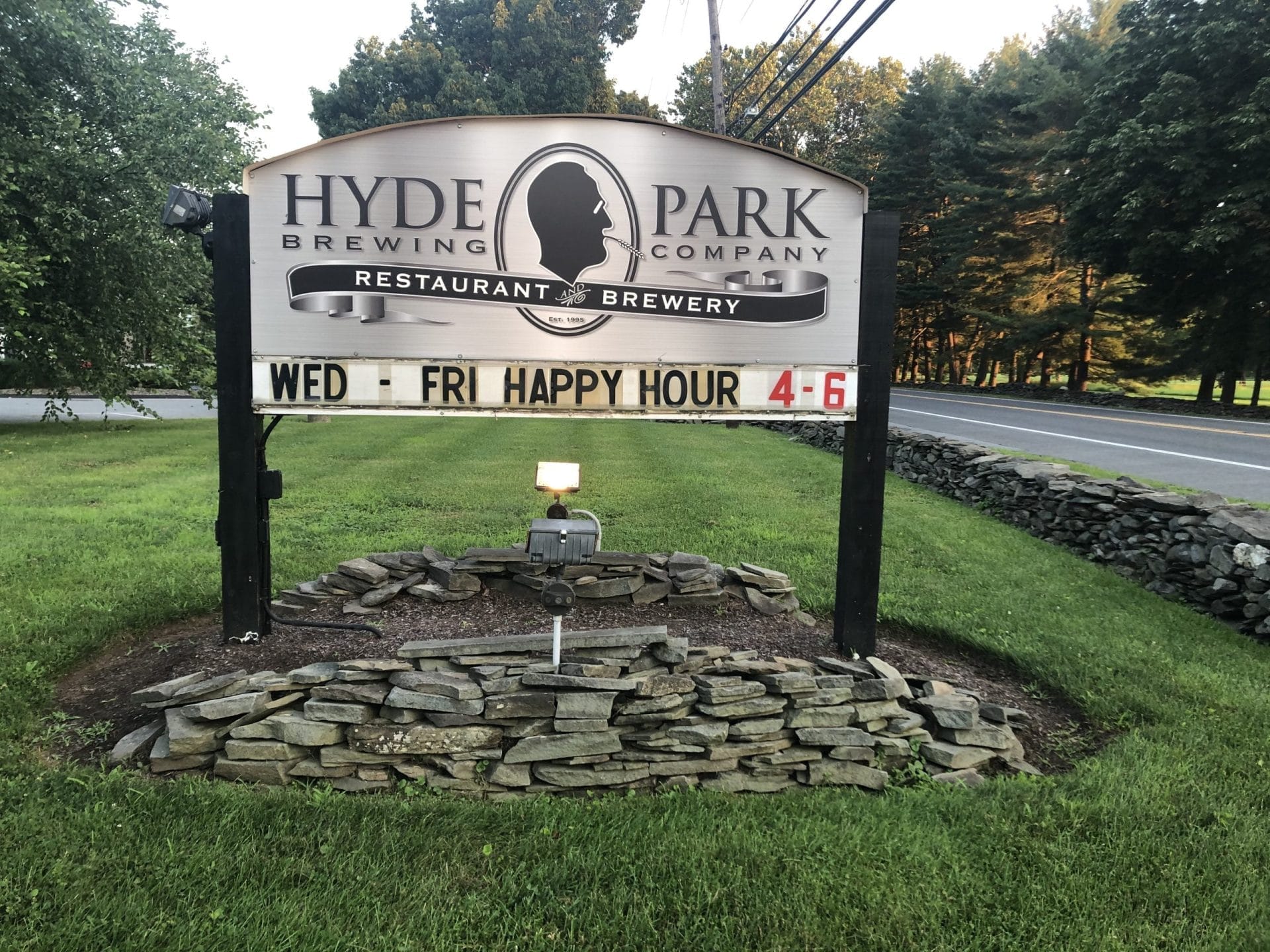
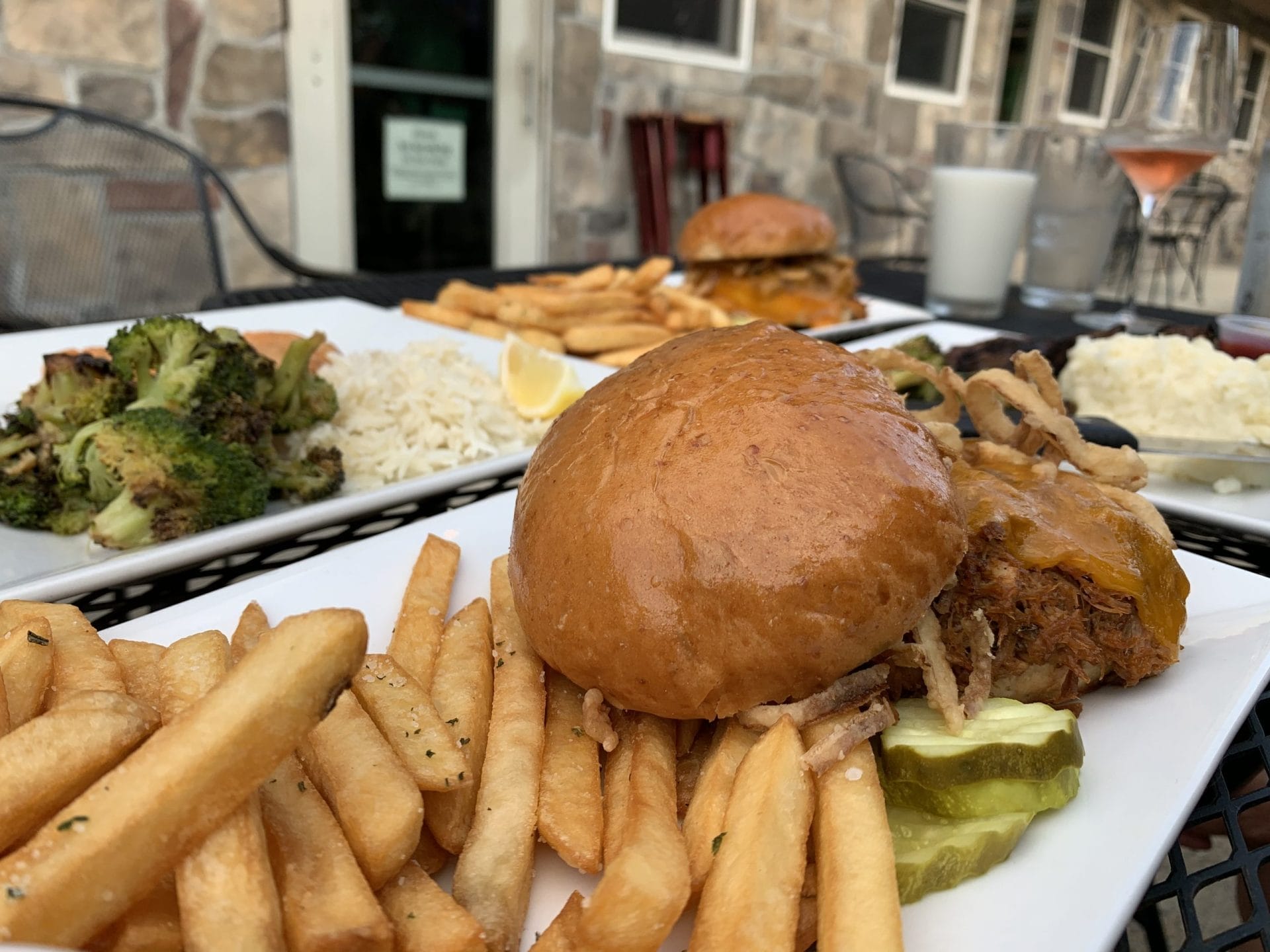
More to do in Hyde Park
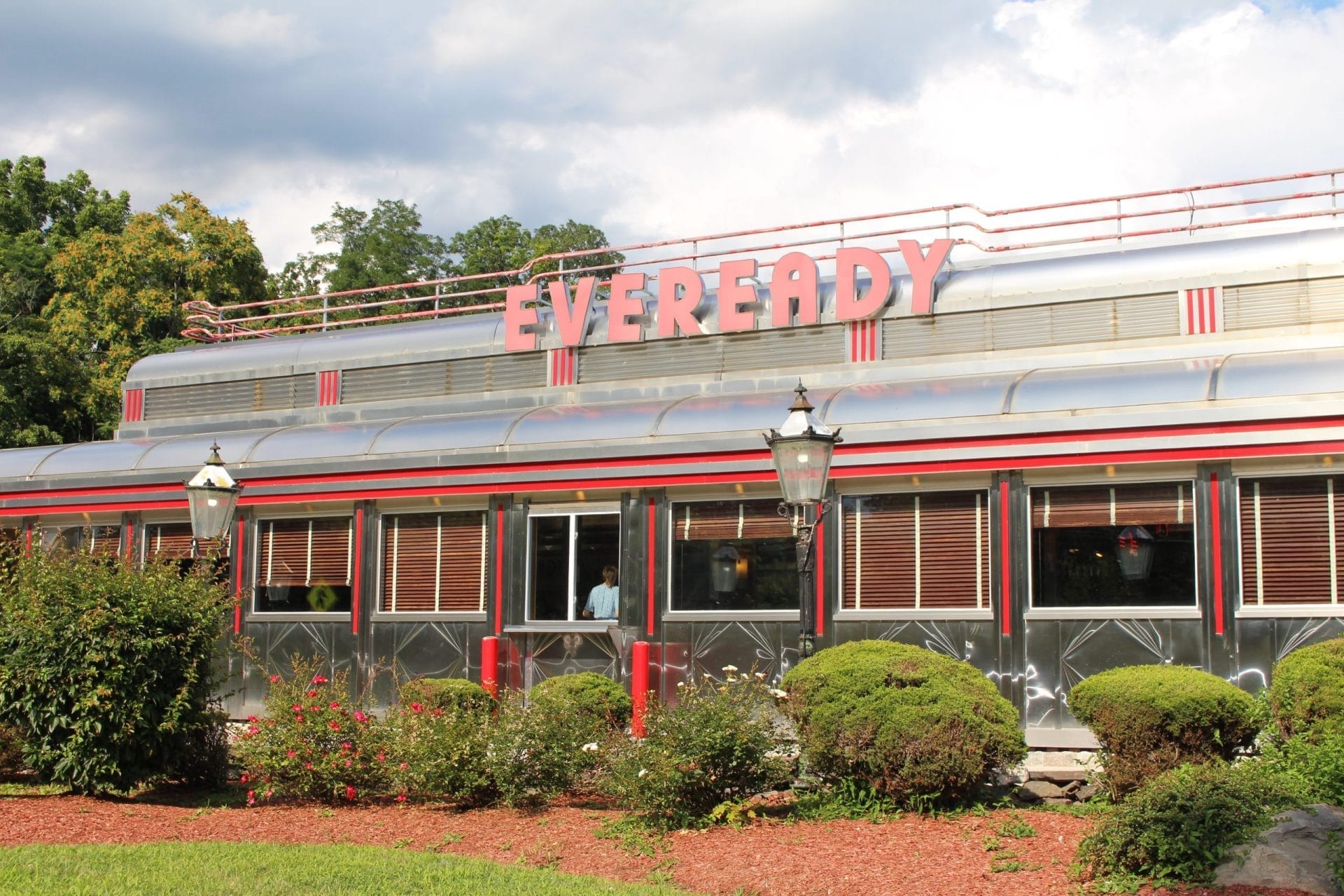
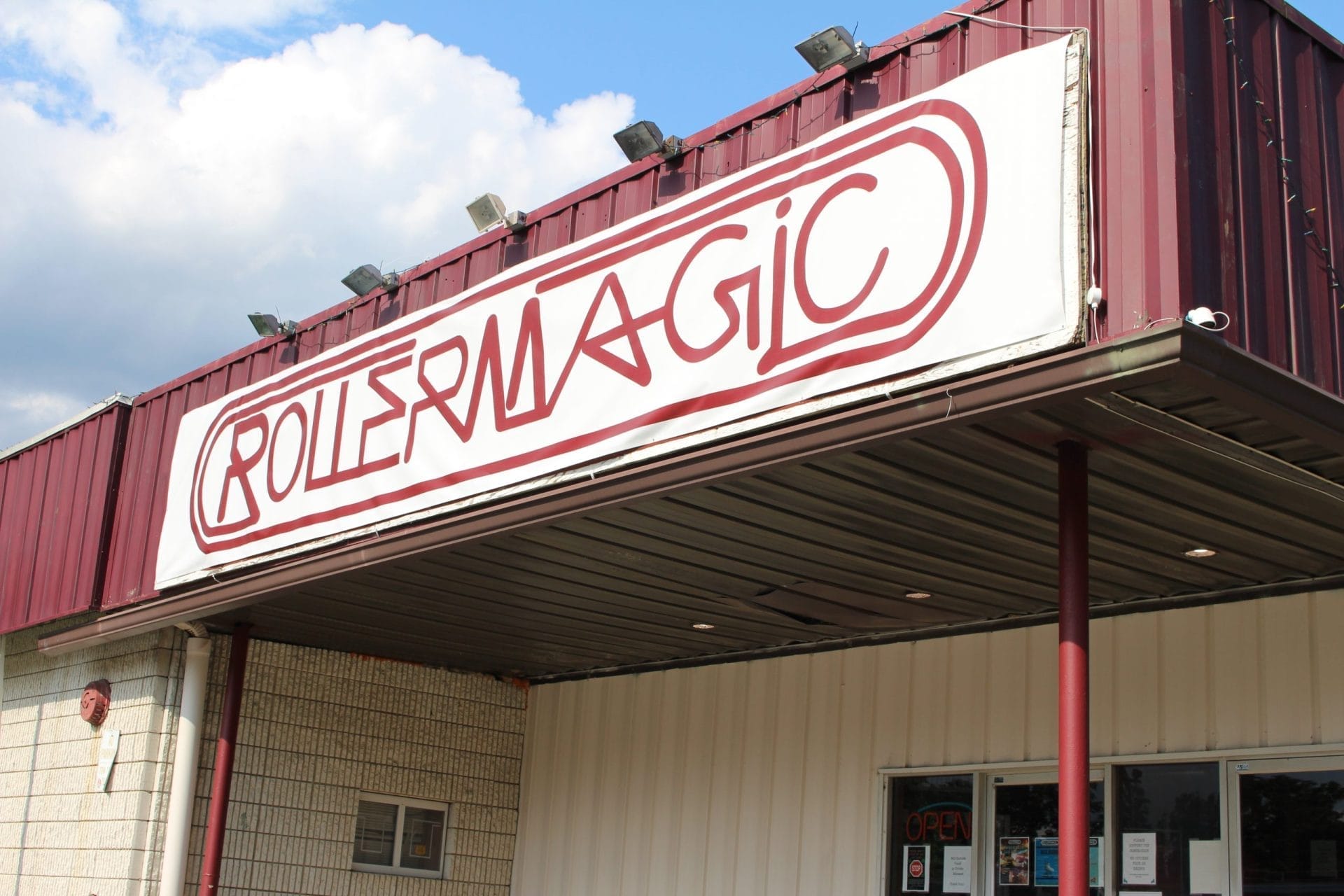
TAKE AMTRAK TO HISTORIC HYDE PARK
TRANSPORTATION FROM POUGHKEEPSIE TO HYDE PARK
More to do in the Hudson Valley
Main Menu
Flyout Menu
